Kwan Lai-chun was sick of being made to feel second-class by her husband’s concubine; sick of her mother-in-law’s endless carping about the money she spent; sick of the whole family.
Late one sticky, humid night, something snapped in her – and she grabbed the meat chopper. Within minutes, three people were dead: the concubine with over 70 gashes, many of them to the bone.
Kwan was found guilty and became the second and last woman in Hong Kong to suffer the death penalty. But behind her story, and those of the city’s other female murderers, lie complex webs of relationships and jealousies, poverty and despair.
Taking the first 100 years of Hong Kong’s colonial history, this book unravels the lives of women – Chinese and Westerners alike – who found themselves on the wrong side of the law. Hong Kong’s female prison population was a tiny fraction of that in Britain or America, but there are still plenty of tales from its women kidnappers, smugglers, bomb-makers, thieves and cruel mistresses.
This new book reveals details about women’s lives in early Hong Kong which are hard to find, since their lives were usually confined to the domestic sphere and rarely made public. In fact, the few glimpses we get of them in the historical record is when they appear in the courts on civil or criminal charges and are reported in the newspapers of the day. Patricia O’Sullivan has used these snippets to build a picture of what life was like for women in Hong Kong from the middle of the 19th century to the start of the Japanese occupation.
The women who feature in this book come from many backgrounds: Chinese, British, American, Portuguese and from affluent families as well as those scraping a living. As well as being a true crime book, and a history of the criminal justice system in old Hong Kong, this is a social history of the colony’s women.
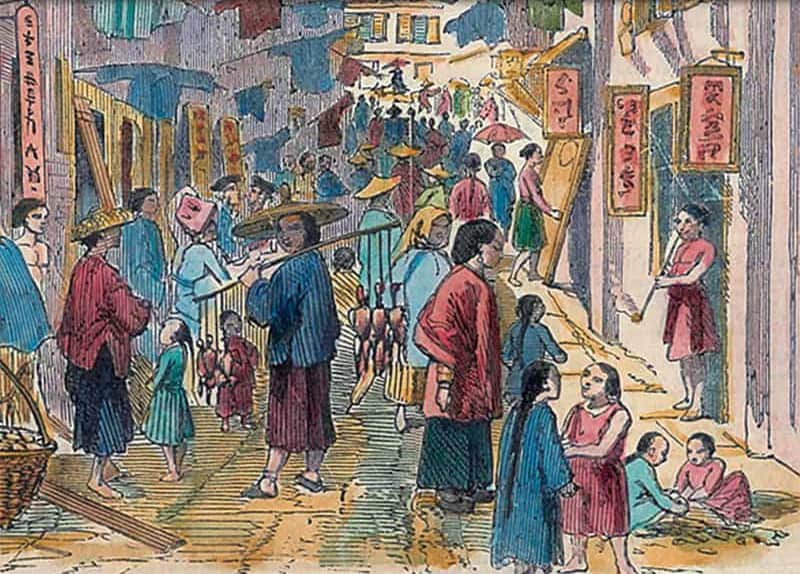
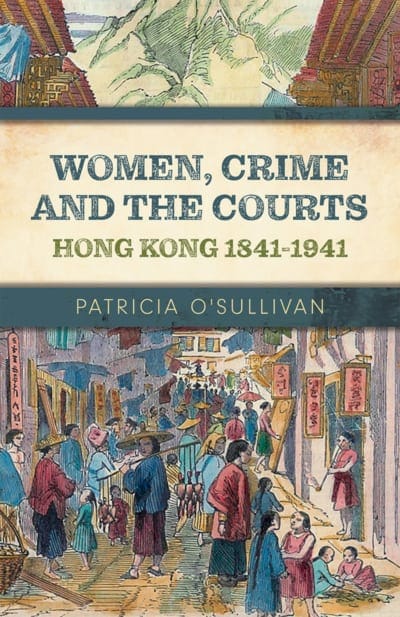
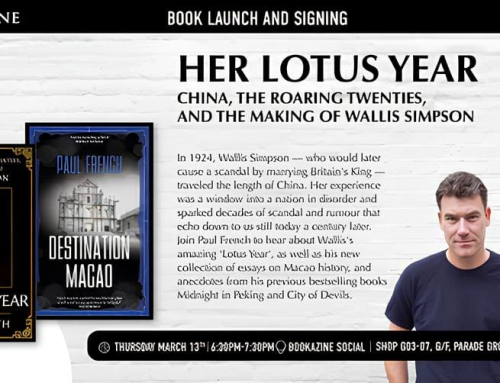
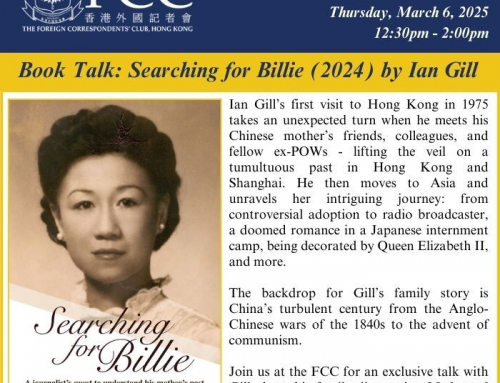
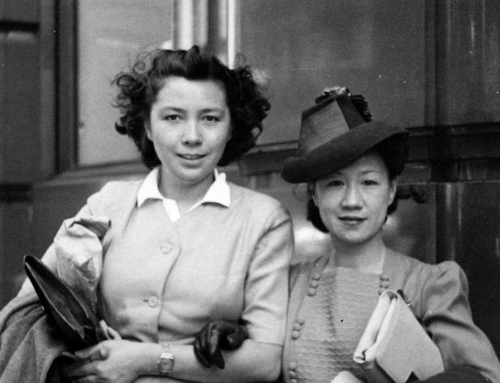
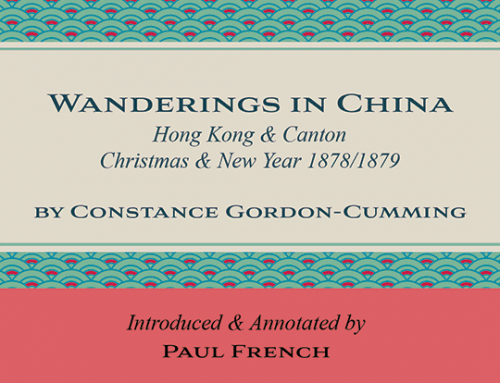

Leave a reply